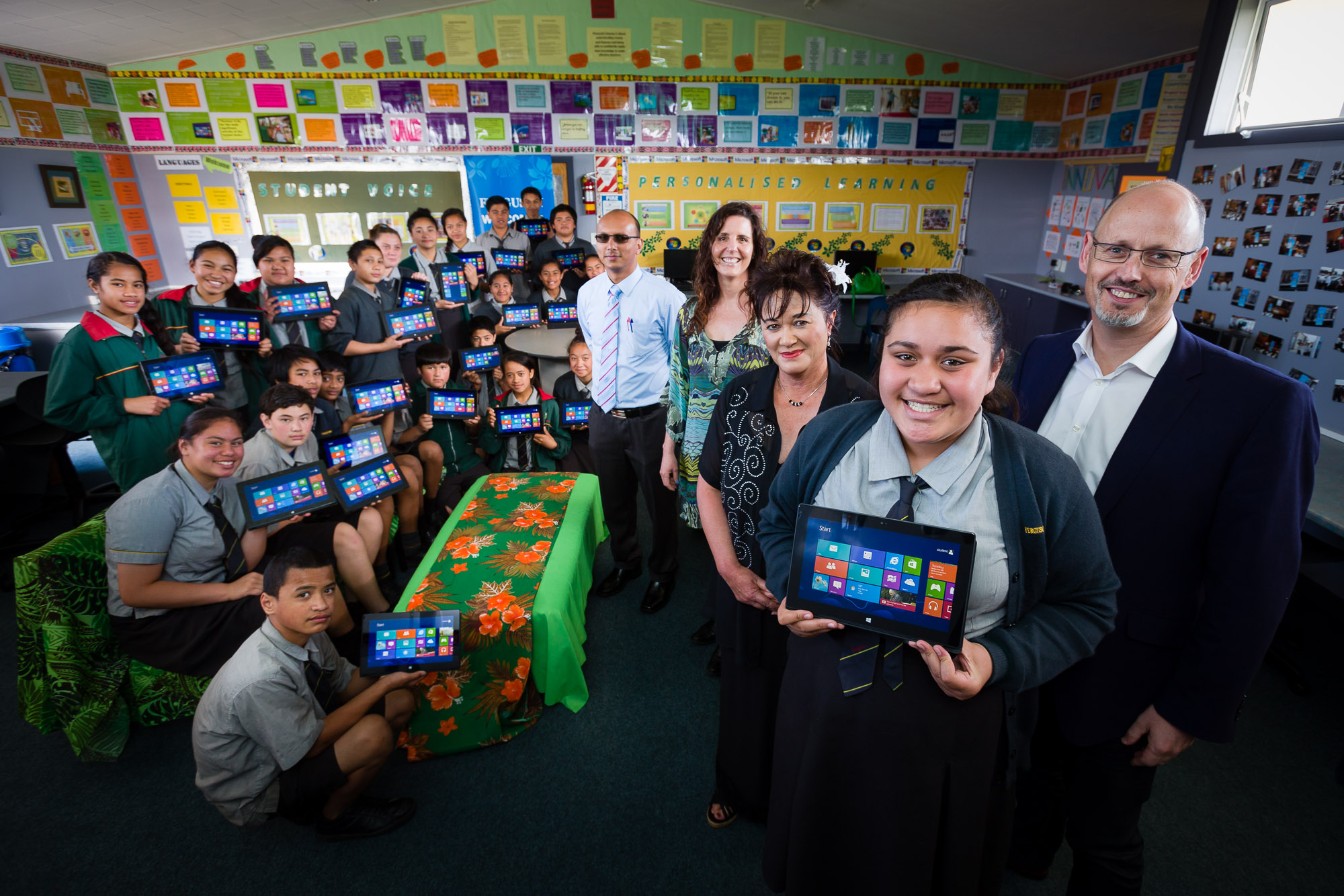By Don Carlson, Education Lead, Microsoft Asia Pacific
Teachers are often likened to superheroes as they are not afraid to make sacrifices for the benefit of their students. Their passion and aspiration to accomplish the extraordinary often involves exploring new ways to create immersive and inclusive learning experiences.
Increasingly, we are seeing many of them find inspiring ways to transform learning in and out of the classroom through technology and new pedagogy models. Educators are recognizing that technology has the power to economically expand the impact of education, and accelerate the growth potential of every youth.
Unsurprisingly, 95% of educators in Asia Pacific concurred that the role of technology was important in their work, based on the findings of our survey, ‘Adventures of the Asia Pacific Super Teacher 2016’. We polled nearly 200 educators from 18 countries across the region, and respondents unanimously (100%) agreed that technology will play a bigger role in transforming and improving education systems in the future.
The top three usage of technology cited by educators in Asia Pacific were: enabling personalized learning and individualized education (57%); enabling classrooms to be more immersive and fun (53%); and seeing more intelligent and automated services to assist in administration and classroom teaching duties (46%).
Today, educators are able to access applications leveraging the popular video game Minecraft or take part in Skype Field Trips or Mystery Skype sessions.
Recently for example, Opaheke School in Papakura, New Zealand kicked off a global Skype-a-Thon, where thousands of educators, guest speakers and students worldwide travelled around the world to share and learn without ever having to leave their classrooms. Incidentally, Opaheke School has also been nominated as one of 164 Microsoft Showcase Schools in Asia Pacific this year, which recognizes their commitment in leveraging technology to empower educators to create an innovative digital learning environment for their students.
In January, we also announced further investment in Minecraft with a new version customized for schools called Minecraft: Education Edition. The new title will be available for free trial in the third quarter of 2016, offering an expanded set of features, including interactive maps and student portfolios.
As we see governments increasingly turn their focus to improve the quality of education, we expect a lot of interest in the use of big data and analytics, which can be leveraged to evaluate a student’s learning progress and even alert educators on the potential cases of dropouts.
Overcoming challenges
While we are seeing a keen interest to do more through technology, it is important to ensure educators get the help they need in optimizing technology in their work. Respondents in our survey cited that the top three challenges in doing so were: a lack of training for them, lack of budgets to buy updated software and hardware, and the lack of integration of technology with curriculum.
These challenges further reinforce the need for a holistic approach between technology and education. This is why we continue to commit investing in teacher training programs, development of curriculum and content, and working closely with top educators – a cornerstone to education. The ability for teachers to be comfortable and confident with the technology requires more than showing them how to turn it on.
We need to understand that technology is a means – not an end. Technology cannot replace great teaching, but it can make great teachers even better. To unlock the potential for all students to learn, close the skills gap and empower them to achieve more – educators need to have the ability to create immersive and inclusive learning experiences that inspire lifelong learning.
The need for 21st century skills in the modern workplace drives the demand for a highly equipped teaching force with ability to personalize education to students – while using mobile and cloud platforms to provide access to resources wherever and whenever.





